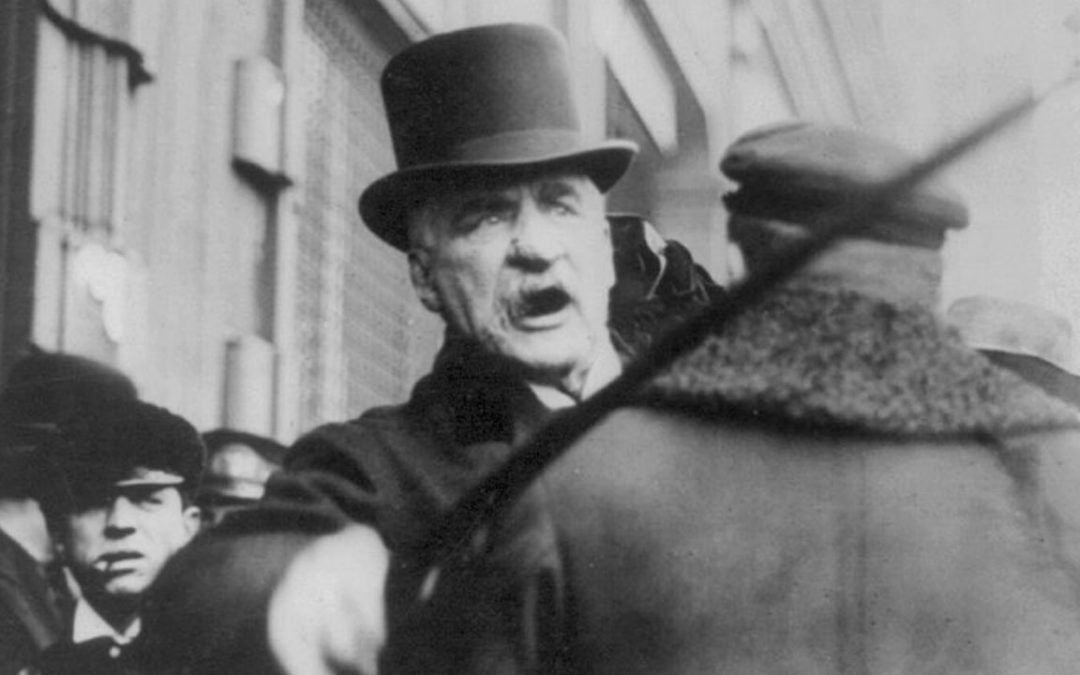The steel industry is a big deal. Along with oil, it’s the foundation of the global economy. Countries that produce high levels of steel usually do well for themselves. If you’re British, you’ll know by now what happens to a country when they lose their steel industry – it’s bad news. But while the steel industry was booming through the 19th and 20th centuries, countless millionaires were made. And billionaires too. People are still making good money in the steel industry today. These few steel Tycoons are struggling to survive the current slump we see the industry in. The success stories and lives of these steel tycoons are intriguing at the least. Here are the 10 most interesting.

Andrew Mellon
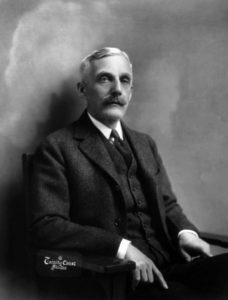
Andrew Mellon was born into the right era for a steel industrialist like him – the mid 19th century. His father was a successful banker who introduced him to the world of business. It wasn’t long before he got into business in banking, before building on his own success by branching into the steel industry. After making a fortune he decided to enter the world of politics. As one of the world’s wealthiest men, he used this as leverage to open doors that would otherwise have been closed. He had a net worth of over 300 million dollars – and that was back in the 1920s! Others realized his vast knowledge of financial issues and he was appointed the Secretary of the treasury. But the wall street crash and the initial stage of the great depression hindered his progress as he was still secretary of the treasury at the time. He then switched job to American ambassador to the UK for about a year before retiring.

Gustav Krupp von Bohlen und Halbach
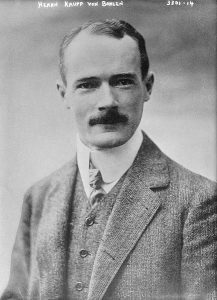
Gustav Krupp von Bohlen und Halbach isn’t just remembered for his incredibly German name. He’s remembered for something much much worse. He was the head of the famous Krupp company, which was founded by his family 400 years ago. The company specializes in heavy industry, especially steel. In the early 20th century, the Krupp family had a huge monopoly on manufacturing tanks and U-boats. And by the second world war they were still in that business. They supported the Nazi war machine by providing such weapons and vehicles through the war. They also used slave workers, who were forced to work long hours. Towards the end of the war the Krupp factory was bombed and Gustav Krupp von Bohlen und Halbach to be put on trial. He was a defendant in the Nuremberg trials for committing war crimes. But the charges were dropped due to his poor health. He died 5 years later.

William Henry Moore

William Henry Moore was a judge and financier in the late 19th and early 20th century. He also held an important role in the Steel industry, as director of several companies. Along with JP Morgan, he took over the famous Carnegie Steel Company. He merged it into the much larger U.S. Steel company that’s still in operation today. He also held controlling shares in: American Bridge Company, American Wire & Steel Company, Federal Steel Company, Lake Superior Consolidated Iron Mines, and National Tube Company, and several others. So this guy took it much further than most other steel tycoons. As you’d expect, he became fabulously wealthy.

J. P. Morgan
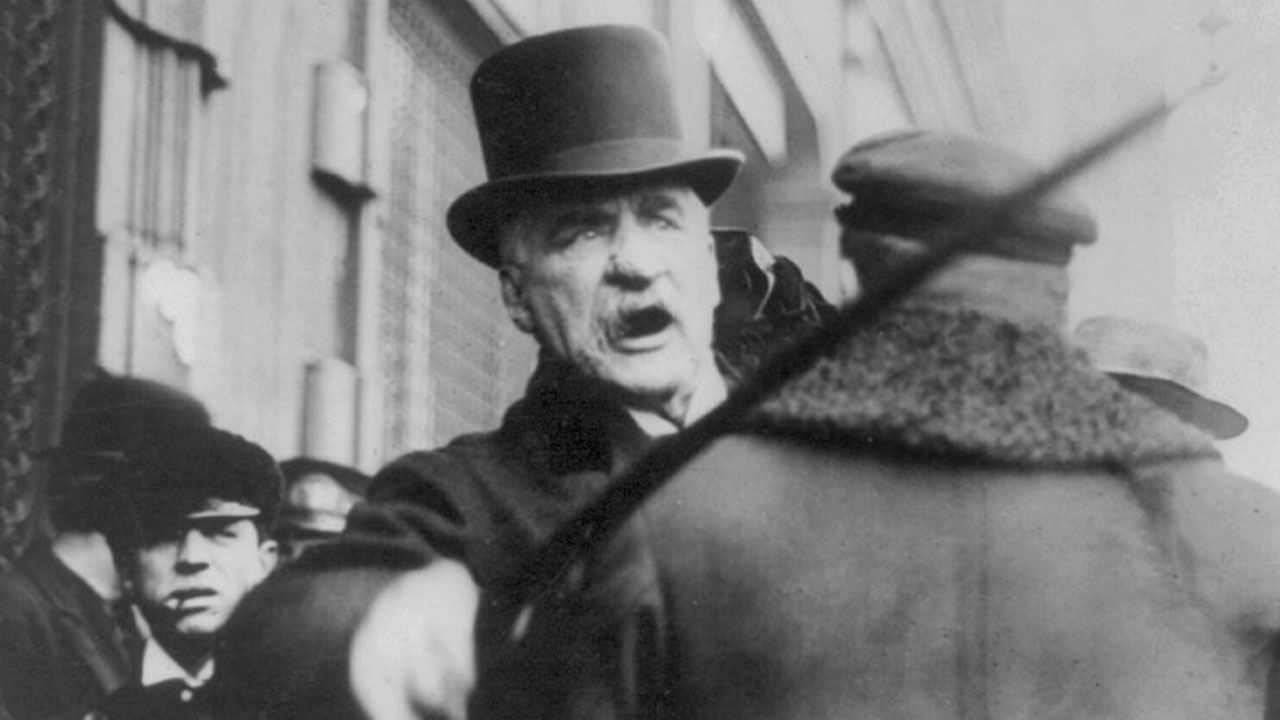
J. P. Morgan is a fairly recognizable name today, and for good reason. He had complete dominance over corporate acquisitions around the year 1900. He was heavily involved in the steel industry, as he seemingly was in every other industry. If there was money to be made, JP Morgan knew something about it. As I mentioned before, he was an important player in the founding of the US Steel company. By the way, US Steel was genuinely the first ever billion dollar company, being valued at around 1.4 billion in 1901. J.P. Morgan isn’t usually remembered among other steel tycoons, but more as a financier. He loved heavy industries though.

Sanjeev Gupta
Sanjeev Gupta is one o the most gifted steel tycoons alive today. He founded his steel company Liberty House, which has revenue in the billions each year. He founded it while he was a student at the University of Cambridge and it rapidly grew. He recently made headlines in the UK when it was revealed he is considering buying out a significant chunk of the British steel industry. He is known for purchasing smaller steel companies all over the world. The British steel industry is on the brink of collapse and Sanjeev Gupta is now seen a a potential savior of it. So he’s clearly an important figure in the industry.

Lakshmi Mittal
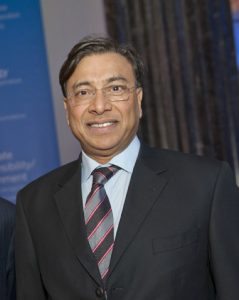
Copyright Financial Times / (CC BY 2.0)
Lakshmi Mittal is also among the Indian steel tycoons based in Great Britain. He’s the CEO of the world’s biggest steel company, with a net worth of about 8.8 billion US dollars. Known as ‘the king of steel’ Forbes ranked him as the 57th most powerful person in 2015. Time has also listed him in a similar list among the 100 most influential people. So clearly he’s a big deal. He’s actually an adviser to the Indian prime minister, and plays a political advisory role in several other countries. His wealth is actually falling though, almost halving in the last 3 years. So it will be interesting to see what the future holds for Lakshmi Mittal. Will he make the money back? Will he lose it all?

Henry Clay Frick

Henry Clay Frick rode the wave of American industrialization to become strikingly wealthy by the end of the Victorian era. His success is largely owed to his connections. Andrew Mellon (number 10 on the list) was a long-time friend of the Frick family. So Henry Frick went into business with him. He owned 80 percent of the business even know Mellon initially funded the company. Later in life, he had a chance encounter with Andrew Carnegie, who also went into business with him. So Henry Frick was a pretty lucky guy.

Jamsetji Tata
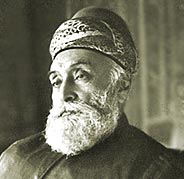
Jamsetji Tata founded Tata steel, which is now the biggest Indian corporation and an international force. He’s seen as the father of all Indian heavy industries which have seen it become the most rapidly growing economy in the world right now. He was born in 1839 to a family of humble priests. He purchased a bankrupt oil mill when he was an adult and brought it back to profitability. From there, he expanded into steel. By the time of his death in 1904, he had a net worth of 1 million pounds which is close to 100 million in today’s money. But his company would of course go on to accumulate much more money.

J. R. D. Tata

J. R. D. Tata’s father was cousins with Jamsetji Tata. As a member of the Tata family, going into the steel industry was always an option to him. So he made a lot of money doing that for a while. He also became India’s first ever licenced pilot. He founded Air India, Tata Tea, Tata Motors, Titan industries, and several other companies. He died with a fortune of 100 million dollars in the 1990s, back when that was a lot of money.

Andrew Carnegie
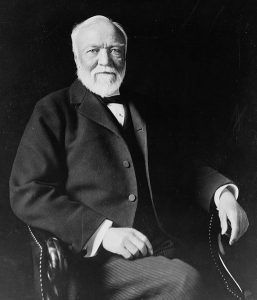
Born in Scotland, Andrew Carnegie was one of a handful of industrialists who shaped modern America. He spent the first half of his life gaining great wealth and the second half giving the vast majority of it away. He was behind the growth of American steel companies more than anyone else. He built Carnegie Steel Company, which he sold in 1901 for 480 million dollars. That’s not even inflation adjusted. No one before him had ever given so much to charity or inspired so many more to do so.

